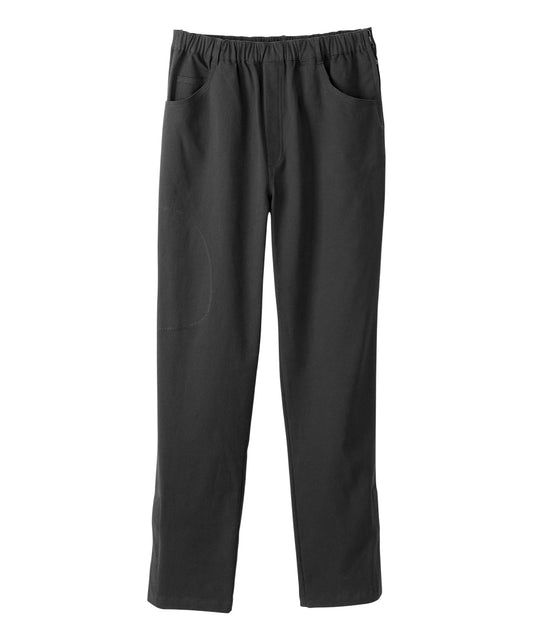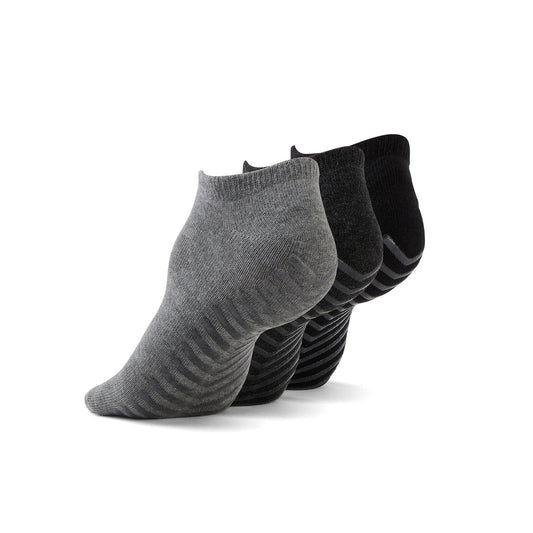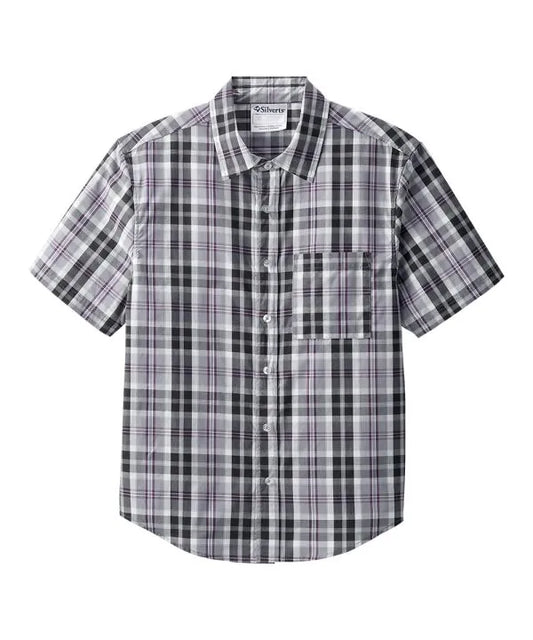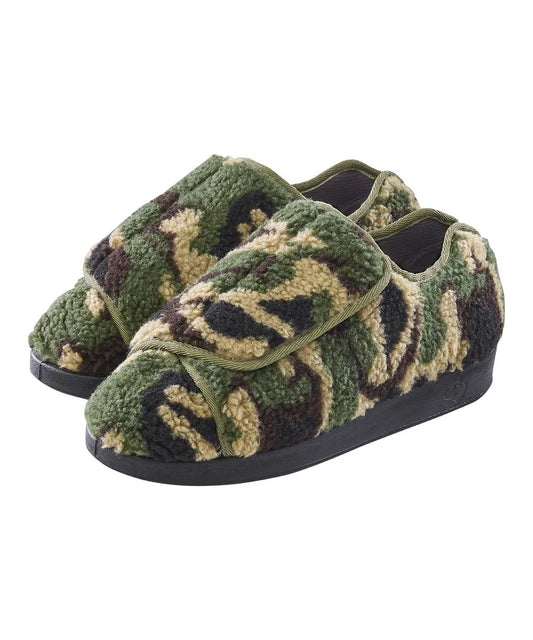Written by Tanish Lad
Fashion is a universal means of communication, a uniquely coloured, multi-textured, and styled fabric, through which one can express their own personality, self-assurance, and individuality. It is a form of art, a daily ritual, and a reflection of one’s cultural and personal identity. The visually impaired, however, may find the fashion world in all its complexities, which are simply ignored by the sighted, a place to get lost. The ability to recognize clothing pieces and match colours or to select the right outfit for a certain event, which people usually do not think about, suddenly becomes the serious hindrances that crush authenticity and creativity. Through these obstacles, it is clear just how dire the situation is when it comes to the demand for fashion that is more inclusive and accessible, where everyone can enjoy the bliss and the thrill of revealing their own style.
Thankfully, adaptive fashion is on the rise to meet these needs. From functionality to creativity, this growing field not only tackles practical barriers but redefines what it means to be stylish. Adaptive fashion is enabling visually impaired people to come out with their own sense of style, confidently and independently, through everything from tactile innovations to technological advancements.
In this blog, we’ll explore the transformative role of adaptive fashion in the lives of the visually impaired. We’ll dive into innovative solutions for stylish choices, tactile clothing essentials that enhance accessibility, and practical tips for building a wardrobe that boosts confidence and celebrates individuality.
Fashion for the Blind: Navigating Stylish Choices in Adaptive Wear
Fashion is beyond the impression of aesthetics for the blind, but rather functionality, comfort, and self-expression. Fashion has unfortunately come to be highly reliant on sight throughout history, neglecting those who experience their world with senses other than seeing. However, innovative adaptive wear is bridging this gap. Making style accessible for all.
Brands like Zappos Adaptive, Tommy Hilfiger Adaptive, and ASOS have been in the forefront of this trend. These brands have come up with styles such as magnetic closures, velcro fastenings, and adjustable waistbands to make it easier for someone who is visually impaired to dress independently. Such designs provide the visually impaired with easier ways to express their style without fear of technical difficulties of wearing clothing.
One of the most powerful elements to bring about this change is technology. Smart wardrobe applications, such as Seeing AI and Be My Eyes, enable visually impaired users to identify and describe possible clothing in real-time use. Such tools more often than not connect users with sighted assistants who can give immediate guidance on descriptions of clothes colours, patterns, or even the suitability of an outfit for a given occasion. They are now increasingly integrated into wearables to add another dimension of accessibility and ease of daily use.
Virtual shopping is further evolving to accommodate visually impaired shoppers. AR tools use audio feedback or vibrate to simulate tactile sensations, allowing users to "feel" fabrics and textures digitally. Such advancements are eradicating access barriers to online shopping, offering the same ease and choice as experienced by sighted individuals.
Adaptive wear features have gained much-needed attention in mainstream fashion due to their visibility. Runways featuring high-profile ensembles with blind or visually impaired models decked out in adaptive clothing, defy the norms imposed on the industry and push the notion of inclusivity in each aspect of fashion.
Tactile Clothing Essentials: Enhancing Accessibility for the Visually Impaired
For a visually impaired person, touch becomes their primary medium of 'viewing' clothes. Tactile clothing essentials are one of the cornerstones of adaptive fashion, combining functionality and comfort with the ease of dressing.
Fabrics therefore also play a significant role in this sensory involvement. Soft and breathable fabrics like cotton and bamboo work for everyday wear, comfort, and ease of movement. Heavier fabrics like denim or wool add structure and make it much easier to identify jackets and outerwear. Smooth silk or satin invites a touchy feeling of luxury-open for special occasions. These fabric choices are not just about practicality but contribute to a positive emotional relationship with clothes.
Textured patterns and designs further enhance accessibility. The raised stitching, ribbed fabrics, and braided details provide a sensory dimension to fashion, enabling visually impaired individuals to differentiate between items of clothing. For example, a sweater with a pronounced ribbed texture feels distinctly different from a smooth cotton shirt, making outfit choice easier.
Accessories also play an important role in the world of tactile fashion. Belts with buckles that have texture, necklaces with special tactically interesting elements, and bracelets with designs in relief add functionality and flair to any outfit. The tactile watch combines practicality with style through its markers in relief or Braille, ensuring that the visually impaired population does not lose their sense of time unfashionably.
Emerging innovations in smart textiles continue to push boundaries on what's possible from tactile-wear innovators. Fabrics that embed haptic feedback, for example, will guide wearers through unfamiliar environments, signaling direction through vibration. Other materials will shift their insulation properties with temperature changes, offering comfort in extreme climates. The point is, that these cutting-edge developments aren't just about amping up access-they fundamentally redefining what fashion can do.
At June Adaptive, we offer amazing clothing sets such as the Men's Knit Pajama Set With Back Overlap Top & Pull-on Pant
These men's open-back pyjamas offer exceptional comfort and effortless dressing. Designed with a generous back overlap and snap closures at the shoulders and waistband, they provide full coverage and easy wearability. The stretchy pull-on pants feature easy-grip loops for quick dressing, while the ultra-soft, breathable waffle knit fabric ensures warmth and comfort.
Adaptive Wardrobe Tips: Boosting Confidence for Those with Visual Challenges
An adaptive wardrobe is not related to functionality but is a way to foster independence, confidence, and creativity. One of the most important strategies for simplifying the process of dressing is organization. Dividing the clothing into casual, formal, or seasonal categories allows for easy access to the exact garment one wants. Using Braille labels, colour-coded tags, or textured markers makes each item identifiable by touch for reduced reliance on other persons.
Technology has brought a sea change in how visually impaired people organize their wardrobes. Digital methods include Closet-plus and Stylebook which allow the management of wardrobes. These tools allow users to catalogue their wardrobes virtually, plan what to wear on a certain occasion, and get suggestions on how to style them. Voice-activated features and audio guidance make these apps user-friendly and assure autonomy by reducing daily routine complexity.
The other important tip involves building a collection of multi-purpose basic wardrobe items: neutral-coloured garments like black trousers, white shirts, and navy blazers. These can create the foundation for countless outfit combinations. Such staples can be mixed with brighter or patterned pieces that highlight flair from the person wearing them. Further, invest in layers to adapt to different weather conditions while maintaining cohesion in style.
Explore the Men's Open Back Cotton Trouser Pant From June AdaptiveSelf-expression with fashion means experimentation. Trying new textures, exploring bold accessories, or incorporating unique elements might just help a person discover. Adaptive fashion is not just about solving functional challenges but is about empowering people to celebrate themselves and their creativity.
Confidence also comes from making choices that promote independence. Garments with easy closures, elastic waistbands, and pre-tied ties eliminate common barriers to dressing, ensuring that visually impaired individuals can manage their wardrobes without assistance. With simplicity and practicality in mind, such solutions have the potential to make the experience of dressing more agreeable and flattering to self-esteem.
The Growing Role of Inclusive Fashion in Society
This rise of adaptive fashion reflects bigger cultural shifts related to inclusivity and representation. For visually impaired people, access to style means they can participate in every way in the world of fashion. However, true inclusivity does call for continuing innovation and collaboration.
Representation is an effective way to break stereotypes and push for adaptive fashion. Visually impaired models and influencers used in campaigns raise awareness and show the world that fashion is for all. This triggers designers to then produce inclusive collections that empower people to love their unique style.
Advocacy groups and fashion houses are teaming up more often to come up with meaningful solutions. Collaboration in development with groups like the American Foundation for the Blind will ensure that the designs are real solutions to the needs of visually impaired people. Meanwhile, fully adapted accessible retail spaces- tactile maps and audio guides- make shopping even more inclusive.
The future of adaptive fashion is immensely promising. With the advancement of 3D printing, fully customized clothing for the specific needs and preferences of wearers may be achieved. Smart textiles and wearable technology are also adaptively pushing the boundaries of innovation, merging functionality with style in ways never previously thought possible.
Check out this article about how June Adaptive is changing the adaptive clothing game!
Conclusion
Due to fashion being such a strong medium of self-expression and confidence, that confidence is earned by all. Adaptive fashion solutions aren't about overcoming practical problems but about celebrating individuality, furthering independence, and being totally inclusive. From tactile innovations to organizational strategies and accessible retail experiences, fashion is changing to meet the needs of all people. As more people become aware of adaptive fashion, it will have the potential to make the world far more inclusive. And in championing these solutions, we are assured that fashion will become universal-one that empowers each and every one of us, regardless of ability, to express ourselves freely. We can collectively unlock the full potential of adaptive fashion and make style a celebration of diversity and creativity for all.
Next Steps
Ready to experience the difference adaptive fashion can make?
Explore JuneAdaptive.com's diverse collection of adaptive clothing designed for comfort, style, and independence.
Sign up for our newsletter: Receive a free guide on Disability Grants and resources around the US and Canada to empower you or your loved one's journey.
Join our community!

















